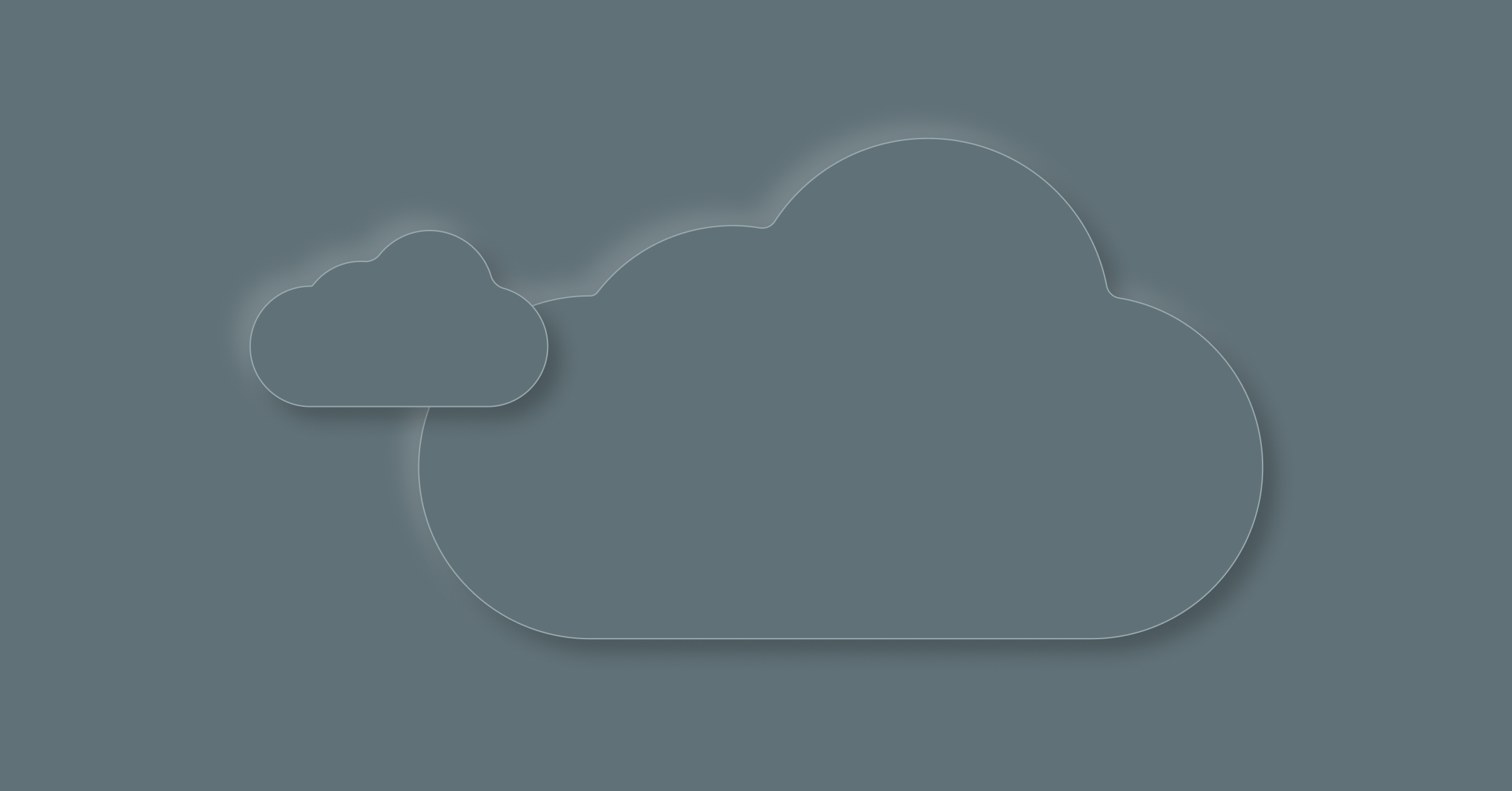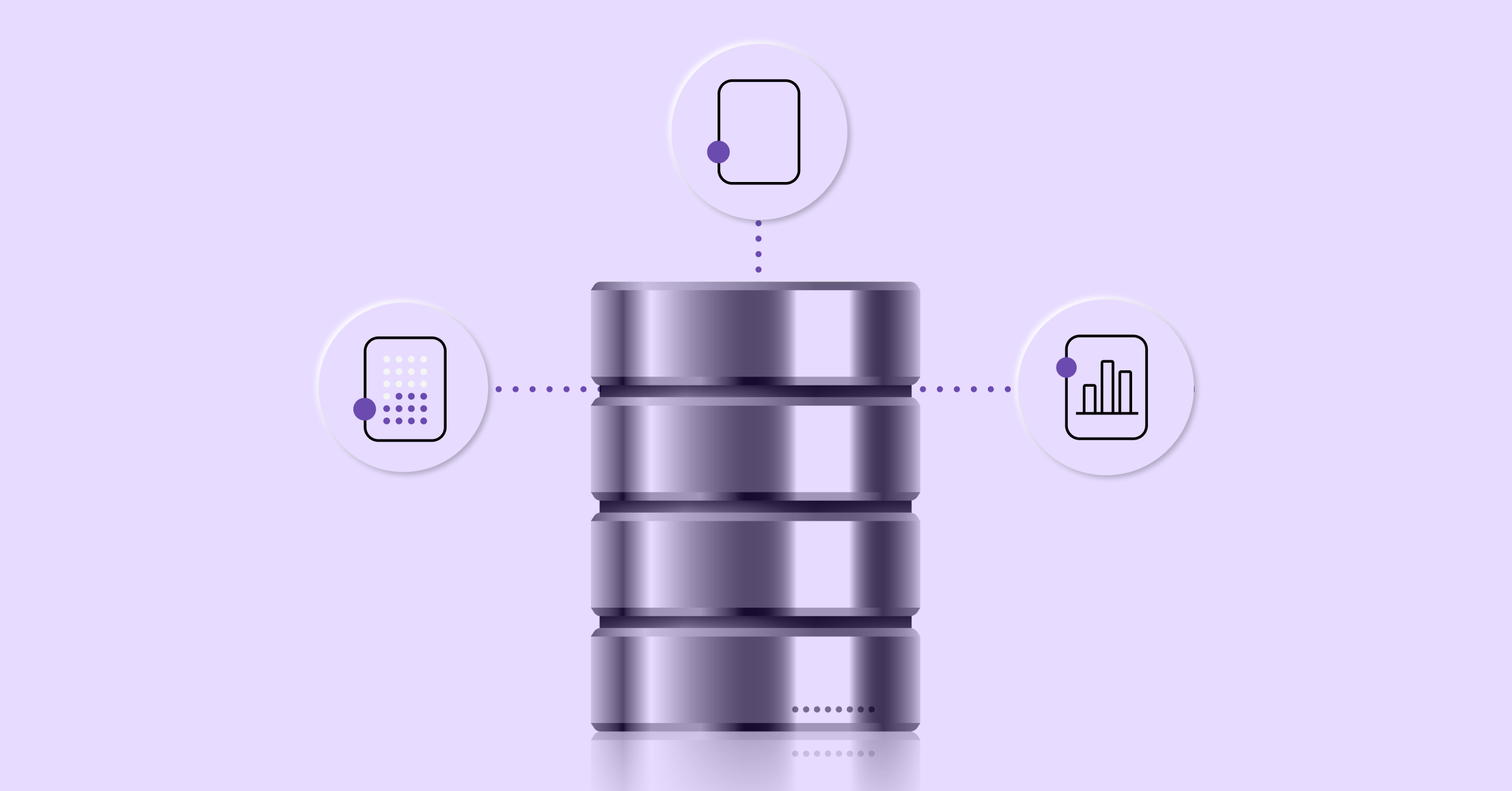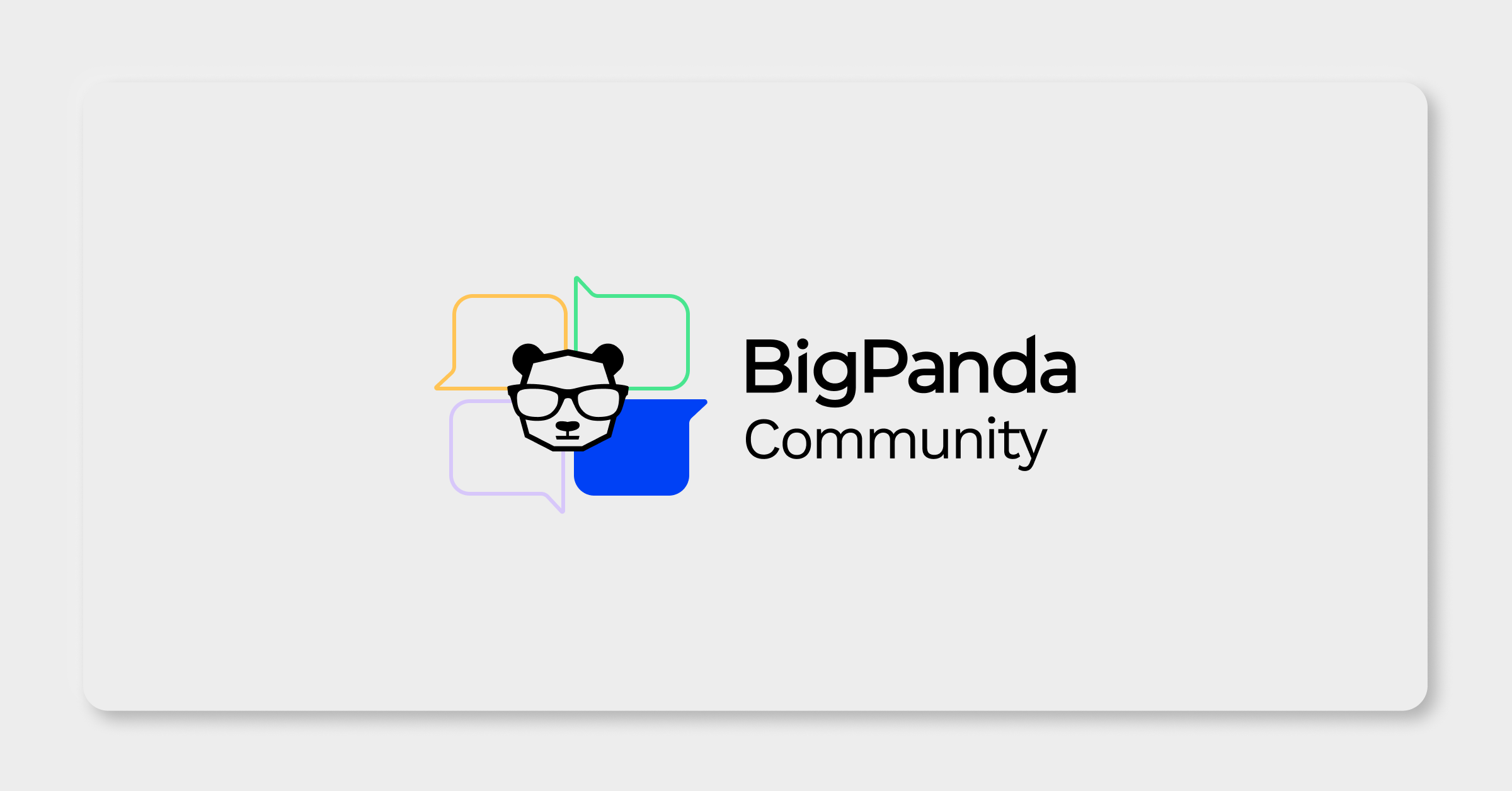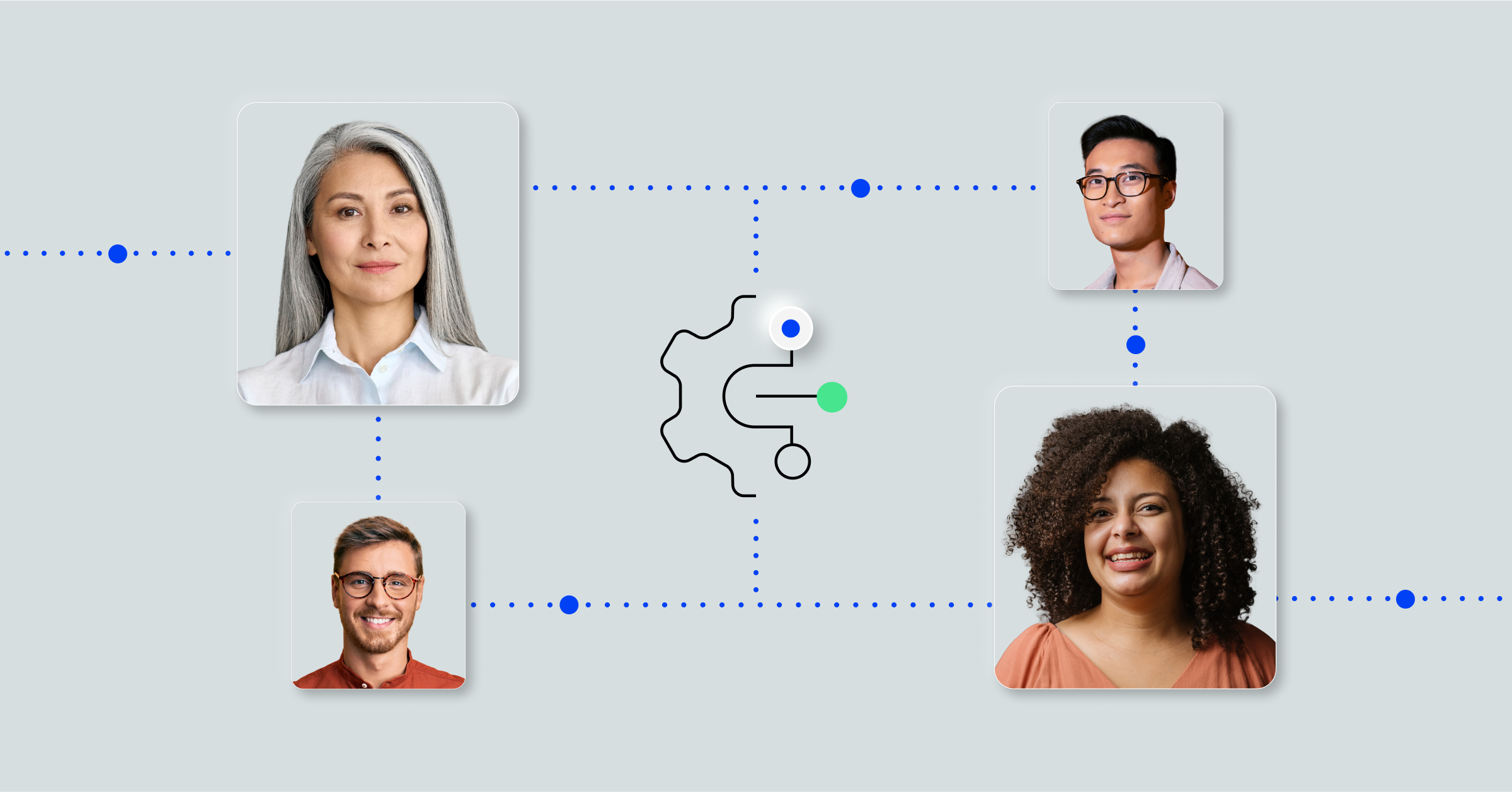What is an AIOps platform?

IT operations teams are challenged to keep pace with the rapid speed of digital transformation. As companies use more cloud-based apps, increase agile deployments, and develop new microservices-based applications, they add layers and complexity to their technology stacks, making life increasingly challenging for ITOps performance.
As hybrid tech stacks become more siloed, complex, and unwieldy to manage, ITOps teams have greater difficulty sifting through all the alert noise, detecting incidents, investigating them, and quickly responding to them—resulting in lengthy time to incident resolutions and high MTTR, less efficiency, and stressful disruptions.
This is where AIOps has emerged as the solution. AIOps platforms apply Artificial Intelligence (AI) and Machine Learning (ML) to ITOps to reduce millions of events into a small number of actionable alerts, correlate alerts to detect and triage incidents, automate incident analysis, automate notifications and ticketing. These capacities drive continuous improvement in ITOps while reducing escalations and accelerating incident resolution.
- What is an AIOps platform – and what does it do?
- How do AIOps platforms work?
- How do AIOps platforms help with event aggregation and alert correlation?
- How is AIOps involved in observability and monitoring?
- How does AIOps benefit monitoring and event management?
- What are the stages of AIOps?
- How do AIOps platforms help businesses?
- Choose an AIOps platform that delivers business impact
What is an AIOps platform — and what does it do?
An AIOps platform leverages artificial intelligence, automation, and machine learning to streamline various crucial IT operations functions.
By using advanced algorithms and ML capabilities, AIOps can process and analyze vast amounts of data in real-time. This enables AIOps platforms to swiftly identify patterns, anomalies, and correlations, providing actionable insights and automating tasks that would otherwise be time-consuming and prone to human error.
Common AIOps platform use cases include enhancing incident management and automation. AIOps does this by ingesting alerts and enriching them with topology, CMDB and change data, offering crucial contextual insights. This facilitates real-time event correlation, enabling IT operations teams to swiftly recognize significant incidents. It also greatly improves optimization and efficiency by automating critical incident management tasks to accelerate remediation and reduce Mean Time to Resolution.
How do AIOps platforms work?
AIOps platforms seek to bridge the complexities of modern IT environments and the need for streamlined, effective incident management. They act as a sophisticated brain for IT operations, seamlessly collecting, processing, and presenting data so you can understand your organization’s IT infrastructure and respond to changes and incidents that may cause availability or performance issues with services and applications
- Vast monitoring and observability data: AIOps collects multi-source event and alert data from diverse network resources, including storage devices, servers, user devices, and cloud infrastructure.
- Remove alert noise: AIOps combats alert fatigue by prioritizing critical alerts for swift resolution. Enable your existing team to focus quickly on the real issues related to incidents and outages.
- Automates and analyzes: As a centralized system, AIOps uses advanced AI algorithms to analyze this data effectively. This analysis goes beyond what traditional IT operations can achieve by manually sifting through alerts and data.
- Provides insights and recommendations: Leveraging AI, AIOps derives valuable insights from the collected data and offers prescriptive recommendations for improved management.
- Improves efficiency and effectiveness: AIOps significantly boosts the efficiency and effectiveness of IT operations. It automates processes, enhancing the efficiency and speed of IT operations, unlike traditional IT processes that rely on manual initiation and alert-based response.
Your AIOps platform questions, answered
AIOps is undeniably essential for modern IT operations. However, to harness its full potential, it’s crucial to deepen our grasp of core AIOps concepts, practices, and its synergy with tools like monitoring and observability. We will answer these commonly asked questions about AIOps below and clarify why these are important for optimizing IT operations performance.
How do AIOps platforms help with event aggregation and alert correlation?
AIOps platforms streamline event aggregation by consolidating multiple related events into a single alert, simplifying the information for efficient handling. AIOps also excel at alert correlation, grouping related alerts into meaningful incidents through pattern recognition. They provide a consolidated view of interconnected events and their underlying causes for swifter incident recognition and resolution.
What’s the difference between event aggregation and alert correlation?
Event aggregation in ITOps is about simplifying the presentation of operational events, while alert correlation takes this a step further by analyzing the relationships between events to identify and prioritize operational incidents and resolution. Both techniques are essential for maintaining the reliability and performance of IT systems.
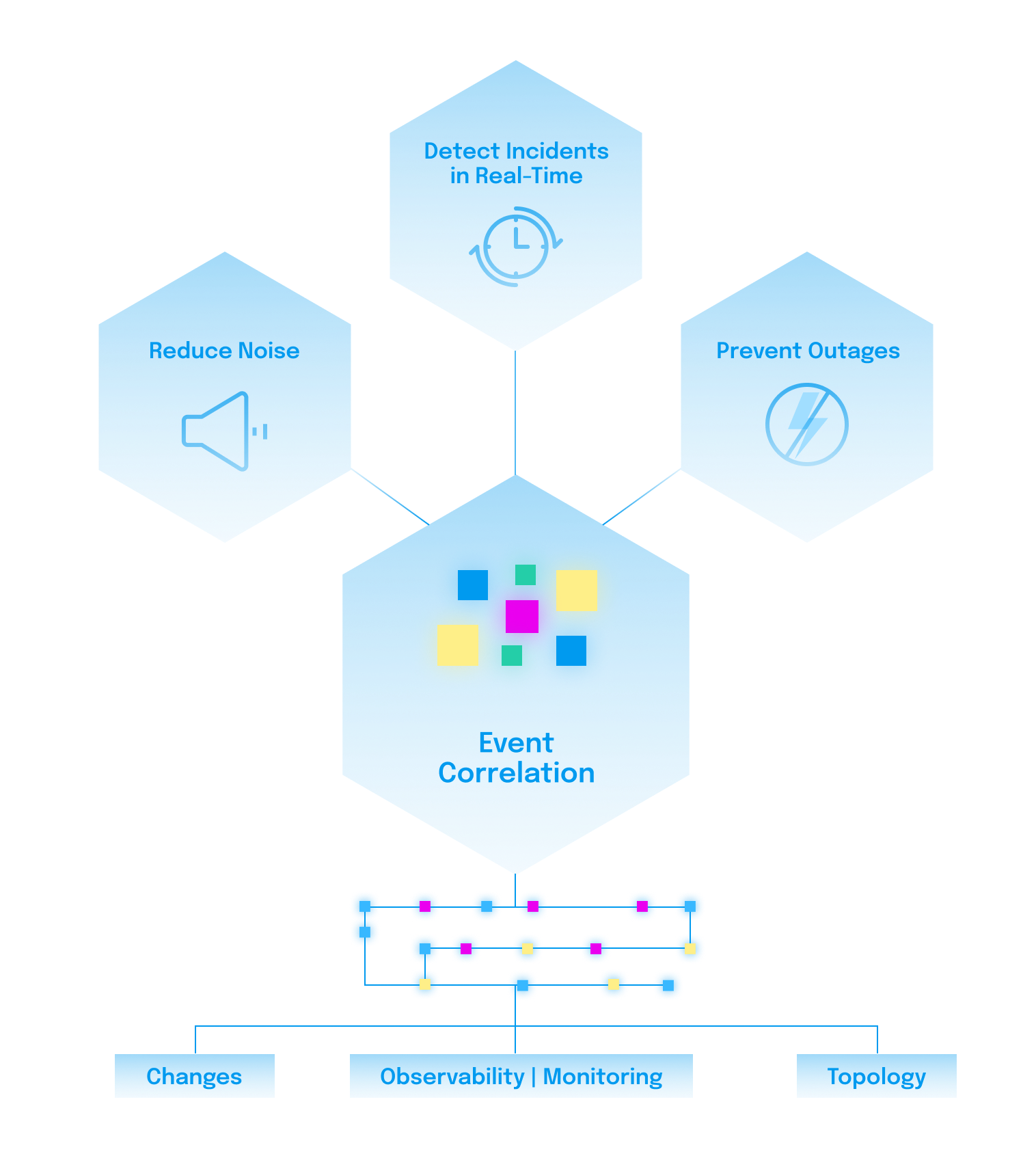
Event aggregation: Event aggregation is the process of aggregating multiple related events created by monitoring and observability tools into a single alert. An event can be something simple and harmless, such as a user changing their login, or it can signify a problem within the infrastructure. Once events are normalized, deduplicated, filtered, and enriched, event aggregation groups related events into alerts. These alerts are now ready for event correlation.
Alert correlation: Alert correlation is the process of grouping related alerts into one high-level incident. By using pattern recognition, AIOps dynamically clusters alerts into meaningful incidents and provides patterns. In the BigPanda AIOps platform, an alert correlation engine clusters or correlates alerts into actionable incidents based on common topology, time, and context patterns.

How is AIOps involved in observability and monitoring?
AIOps represents a broader discipline that encompasses observability. It gathers data and employs AI and ML to reduce alert noise, identify actionable incidents, automate root cause analysis. AIOps prioritizes task automation and operational efficiency improvements, whereas observability primarily concentrates on amassing extensive data for analysis.
Additionally, AIOps surpasses simple monitoring by employing AI and ML to analyze data comprehensively, often from multiple diverse sources. It excels at detecting and identifying patterns, surfacing root cause, and pinpointing potential issues not previously defined. This empowers IT teams to proactively address problems in complex, siloed, and fast-moving environments.
What’s the difference between observability vs monitoring tools?
Monitoring tools are designed to provide real-time insights into the state of the environment and to generate alerts when predefined thresholds or conditions are met.
Observability tools are focused on providing a comprehensive view of complex, distributed systems by collecting a wide range of data, including metrics, logs, traces, and events. In contrast to monitoring tools, observability tools focus on external outputs, such as verifying payment processing accuracy and confirming users receive their expected services. They aim to enable insights into the behavior of systems and applications.
How do observability and monitoring tools use data differently?
Monitoring entails collecting and analyzing predetermined data from individual systems, offering real-time insights into performance and anomaly detection based on preset thresholds, including database status, disk usage, and the status of various IT components.
Observability, on the other hand, provides a more comprehensive view of system behavior, supports historical analysis, and enables in-depth troubleshooting through the collection and analysis of diverse data types.
How does AIOps benefit monitoring and event management?
AIOps enhances monitoring and event management by automating tasks, reducing alert noise, and speeding up incident resolution. AIOps can automatically go through large amounts of data gathered from monitoring, spotting any unusual patterns or signs of trouble. This helps prioritize alerts, ensure that IT teams concentrate on the most crucial issues, and avoid exhaustion from excessive alerts.
Moreover, AIOps offers early warnings about potential problems, enabling teams to take preventive measures. It also speeds up incident resolution through automated responses and recommendations for appropriate actions. Overall, AIOps boosts the efficiency and effectiveness of the entire monitoring and event management process.
What are the five stages of AIOps maturity?
While many companies use AIOps, there is a wide variation in how effectively AIOps tools are being deployed and the impact they achieve. Based on industry and BigPanda experiences with global customers, we’ve explained the five stages of AIOps maturity below. Knowing your AIOps stage is critical to let you benchmark how well your AIOps is working and identify specific areas for improvement.
- Stage 0, Chaotic: Organizations face challenges in centralizing control and correlating events, resulting in overwhelmed response teams and ignored alerts, characterized by daily incidents, ad-hoc handling, and disorganization.
- Stage 1, Reactive: Despite establishing a central operations team, organizations struggle with alert overload and manual incident response, leading to customer complaints and missed high-priority alerts, indicated by weekly significant incidents and reliance on user reports.
- Stage 2, Proactive: Leveraging AIOps, organizations enhance alert management, improving identification and prioritization of actionable alerts, reducing customer issues and major outages, with incidents occurring less frequently and more consistent alert handling.
- Stage 3, Preventative: Organizations proactively address issues, freeing up resources for critical projects and utilizing AI/ML or skilled teams to minimize disruptions, resulting in fewer incidents, streamlined workflows, and reduced alert volumes for innovation.
- Stage 4, Semi-autonomous: Representing AIOps excellence, organizations achieve minimal customer-impacting incidents, some resolved with zero-touch automation, while human operators supervise automated decisions. This stage is marked by infrequent incidents, fully reclaimed team bandwidth, optimized processes, and certain auto-remediation implementations.
How do AIOps platforms help businesses?
AIOps platforms support businesses in each of these stages by providing the necessary tools and capabilities to transition from ad-hoc and reactive approaches to proactive and eventually highly autonomous, automated, ultra-efficient IT operations.
These capabilities include automating incident response, predicting and preventing issues before they occur, and continuously refining processes based on feedback and insights. Together these capacities drive higher operational excellence and business agility. Let’s explore how AIOps platforms achieve these outcomes and how BigPanda facilitates this transformation.
AIOps improves optimization and efficiency
- Root cause analysis: Root cause analysis quite literally “roots out” the causes of incidents using AI in your AIOps platform. Without root cause analysis, ITOps teams can’t determine why or where an issue occurred, so they can’t actively prevent it from happening again. This AIOps capability is the key to permanently lowering the mean time to resolve. BigPanda offers automated root cause analysis to surface the probable root cause of an incident, including potential infrastructure or application changes that led to the incident—enabling ITOps to move to resolve the issue quickly.
- Provide visibility into the hybrid cloud: With the increasing adoption of cloud services, it’s easy for cloud resource consumption to keep increasing. AIOps gives you control and visibility over your cloud resources, optimizing your cloud spending while meeting your operational needs. AIOps provides end-to-end visibility into the entire hybrid cloud, including observability and monitoring tools, applications, servers, and infrastructure.
AIOps improves data analysis and insights
- Data aggregation: Gathering data from all of your monitoring and observability tools and centralizing it is the first step to breaking down the silos that once existed among the sources—and this is the data aggregation part of AIOps. Gathering and centralizing this data also helps AI/ML models to sift through it and uncover hidden patterns and insights.
- Data enrichment: Data enrichment is leveraging data hidden in alerts or held in external sources such as topology, CMDB, change data to add contextual information to IT alerts. Your AIOps platform will enrich events and alert data to make sense of incoming information. Contextual data helps AIOps platforms correlate related alerts into incidents and discover root causes, and it enables human ITOps workers to evaluate the resulting incidents with actionable context using Generative AI.
- Generative AI: The best AIOps platforms combine the latest Generative AI innovations with high-quality, enriched IT alert data to automatically and reliably reveal key incident analysis, incident impact, and probable root cause in natural language. This lets you prevent escalations, reduce toil, and shrink MTTR.
- Collect data from multiple sources: AIOps platforms pull data from multiple sources, vendors, and technology domains to perform event aggregation and alert correlation. Your monitoring and observability tools—including application performance monitoring, network performance monitoring, server monitoring, infrastructure monitoring, and others—are the sources of telemetry data. Ingesting data from multiple sources allows you to normalize and enrich your data with operational context as soon as it’s collected.
AIOps enhances incident management and automation
- Event correlation: Event correlation tools help ITOps teams detect, investigate, and resolve incidents in real-time by correlating the enriched data using AI/ML. By correlating collected alert and topology data into a handful of context-rich incidents, AIOps platforms greatly reduce noise and enable teams to take action on incidents as they form. Event correlation powers improved availability and infrastructure stability by helping ITOps identify and resolve incidents more easily.
- Automate manual IT tasks: One of the most significant benefits of AIOps is eliminating time-consuming, manual ITOps work. Organizations’ ITOps, NOC, SRE, and DevOps teams can often get bogged down with manual triaging, incident response tasks, incident response workflows, and inconsistent information syncing, all processes that AIOps helps to automate.
Choose an AIOps platform that delivers business impact
With AIOps, your ITOps takes a giant leap forward. BigPanda provides essential AI-powered capabilities such as event aggregation, correlation, automated root cause analysis, generative AI, and automation – so you can proactively manage your alerts, slash MTTR, and skyrocket your operational efficiency.
Unlike some other AIOps platforms, BigPanda can unify your operational data across fragmented tools, teams, and clouds and transform this into automated incident detection, investigation, and response. Dive into the potential of our AIOps platform with a tailored demo and witness the transformative business impact firsthand.
